A legend says that a crucifix appeared to him one Good Friday between the antlers of a deer during a hunting trip.
Saint-Hubert therefore gave its name to a very specific buffet intended for hunters.
This sideboard, in burr walnut from the end of the 19th century, includes a large double-leafed body in the lower part which, once opened, reveals a shelf. There is plenty of storage space. The doors close with a key. This is in working order.
Two large drawers are incorporated into the furniture belt. The drawers are dovetailed, ensuring perfect solidity. They can be opened daily and contain many, sometimes heavy, objects. They slide perfectly. The drawers open using concave round wooden buttons called "cuvette".
This sideboard also includes a high part called a dresser, the bottom of which is solid and is made up of two small shelves. The latter are supported by volute-shaped side consoles. The whole thing is topped with a pediment carved with flowers. The shelves allow you to display decorative objects and valuable trinkets.
The Saint-Hubert sideboard is one of the main storage pieces of furniture in the house. It allows you to store cutlery, household linen, display crockery, glasses, in short it is useful for everything related to tableware.
It is made from quality materials and constructed using old techniques: tenons and mortises weld the pieces of wood together and reinforce the solidity.
The back of the furniture has solid wood panels which are therefore very resistant.
The interior of the cabinet has been cleaned so that the objects are stored in a very healthy and odorless environment.
It is a piece of furniture with character. It has its place in a kitchen, a dining room or even in a living room. Functional, beautiful, elegant, the Saint-Hubert will find its natural place in our modern homes.
Its timeless appearance makes you want to keep the best of the past and enrich its history by installing it in your interior.



























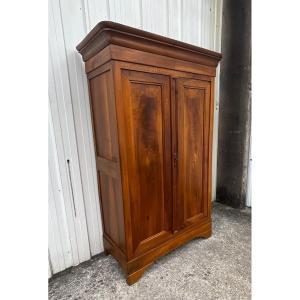
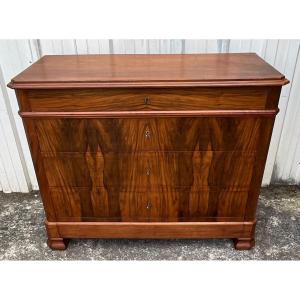
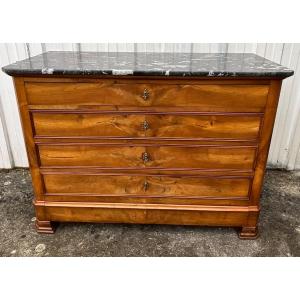



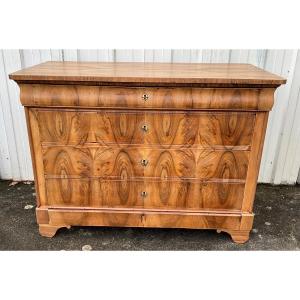







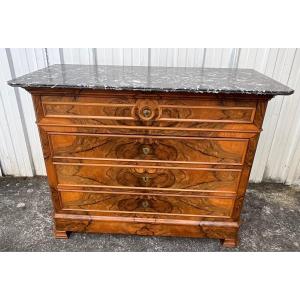

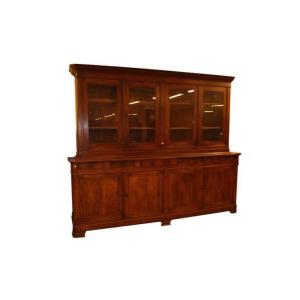
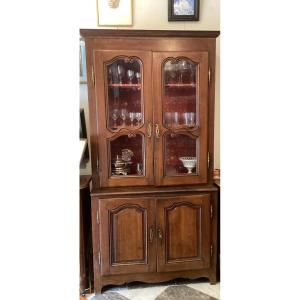

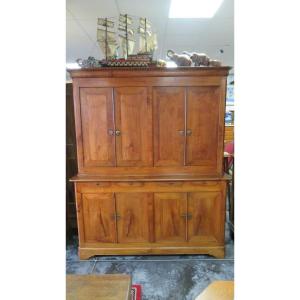



 Le Magazine de PROANTIC
Le Magazine de PROANTIC TRÉSORS Magazine
TRÉSORS Magazine Rivista Artiquariato
Rivista Artiquariato